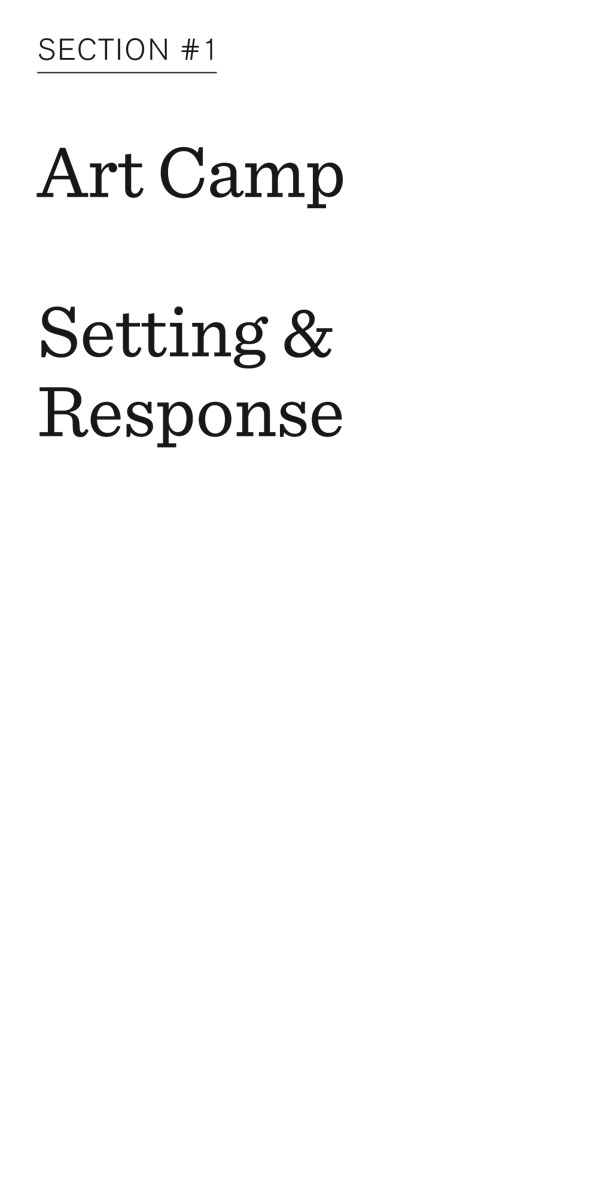
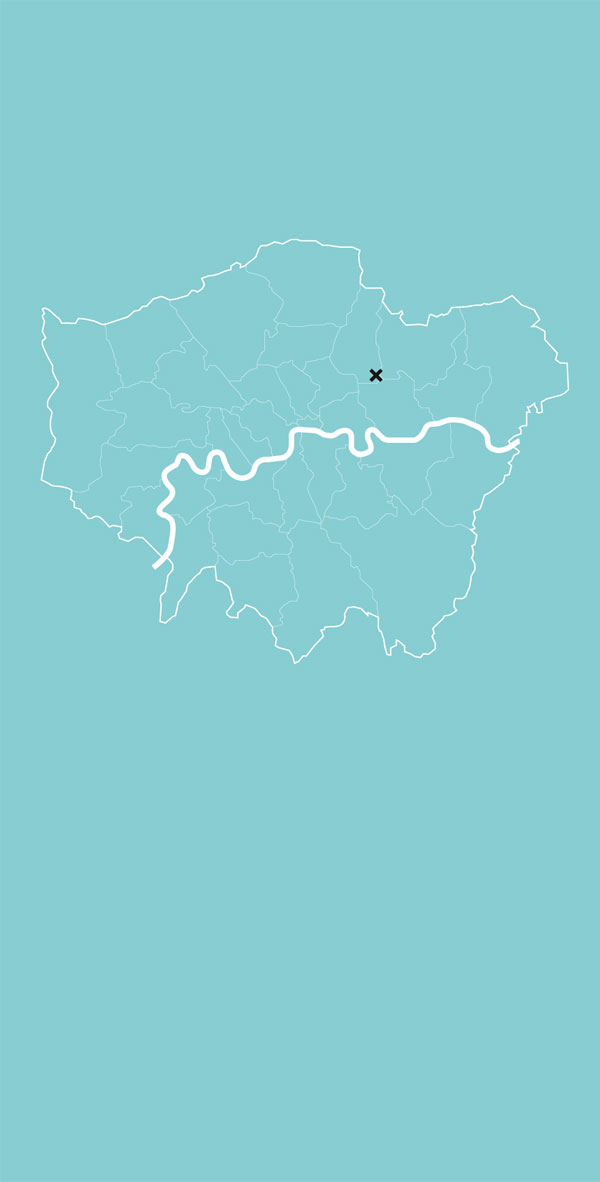
Art Camp is an action research project to determine what it takes to make a non-task orientated creative environment shared by children and artists where artists can make critically reflective art.
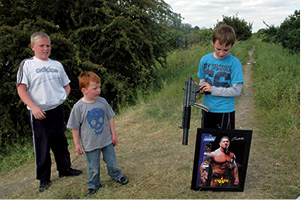
fig. 1 – Prototyping uncertainty
The principle of Art Camp is the process of Prototyping Uncertainty, the struggle to leave room for doubt, both in the process, the methodology and in the outcome of made forms.
Doubt is essential to counter the myth of certainty, which is the default mode of the architectural plan. From the altitude of the plan, just as in the compelling distance of the elevated scenic view, there is the comforting illusion of comprehension, the city laid out and seemingly rational; a place for tall buildings, an organising grid, pockets of green, it is only in the messy close looking at ground level that life is revealed and experienced as an aggregate of multiple, received and sometimes conflicting ambitions and inner desires.
Doubt is the space where identities can be questioned and remade rather than simply received.
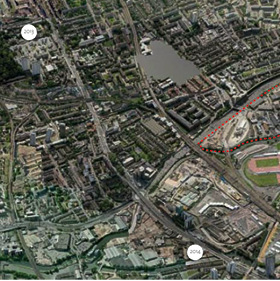
fig. 2 – Aerial view of Hackney Wick Fish Island
showing Art Camp sites by year aerial view of Hackney Wick Fish Island
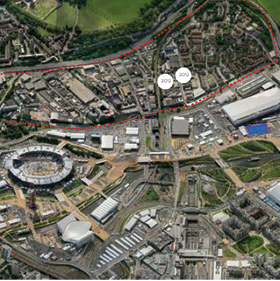
Art Camp began as a reaction to the foreseeable impact on Hackney and Wick Fish Island as a result of the heat of the post 2012 Olympic development, namely, what happens when there are no more under-determined, post industrial or other slack spaces left for either children or artists to appropriate? 1
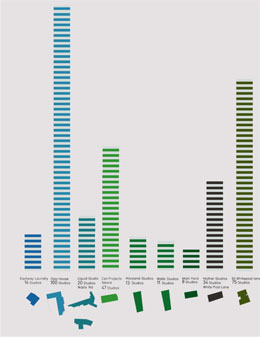
fig. 3 – Analysis of studio space in HWFI 2009
Research parameters were refined through a dinner debate: We are artists, how can we help devised by muf in 2011. Bringing together 30 artists, policy makers, developers and businesses, the role of the creative sector and creative practice in ‘home growing’ the future HWFI in the face of the adjacent Olympic development was contested.
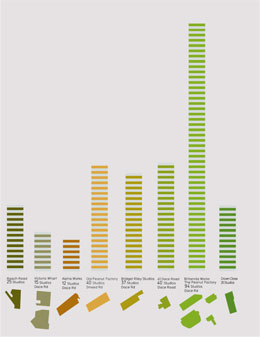
The debate established divergent aspirations, on one hand the potential for artists to resist co-option and establish an alternative economic and critically meaningful development scenario and conversely the ambition for artists to be prioritised within the development process to home grow
To listen to the Dinner Debates click here
Art Camp emerged somewhere between these two positions, conceived as
In 2009
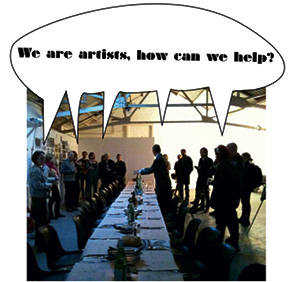
fig. 4 – ‘We Are Artists, How Can We Help’ hosted by Design for London, chaired by Simon Grennan
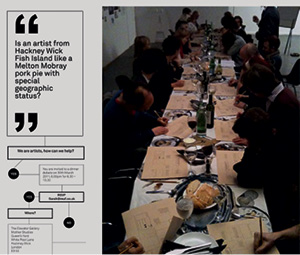
fig. 5 – Invitation to the Dinner Debate
Development Company, to work in HWFI over a five-year period to deliver a raft of strategic studies, plans and urban realm improvement projects. The three initial studies: Creative Potential, value what is there 2; Adding Value, The role of public space, open space and space for culture in Hackney Wick / Fish Island 3, and The Exception is the Norm, HW + FI Design Code 4 informed the Neighbourhood Improvement Plan, which, through proactive engagement with local people,
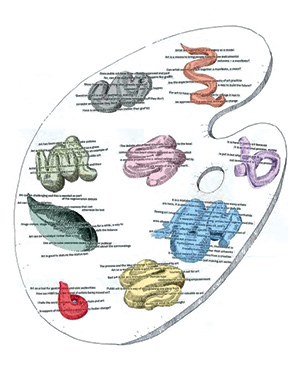
fig. 6 – The brief as a summary of what was said
identified 29 urban realm improvement projects, 9 of which were delivered through strategies for local suppliers and makers to deliver capital works, through an initiative called Made In 5.
In parallel with the delivery of the urban realm projects, and as a separate commission with London Thames Gateway Development Corporation (LTGDC) as the client, muf established a public art strategy and made 7 temporary and 3 permanent art commissions.
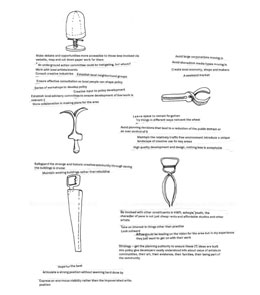
fig. 7 – Tools for change
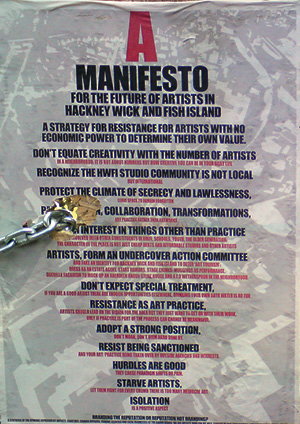
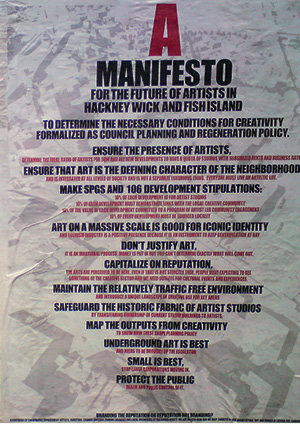
fig. 8 – Dinner Debate Manifesto
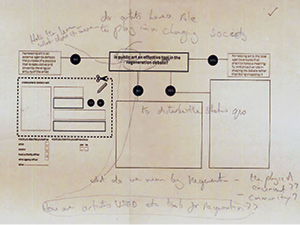
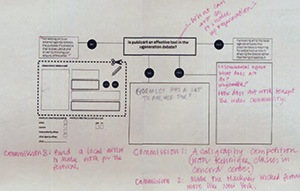
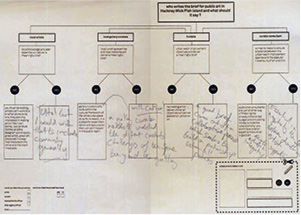
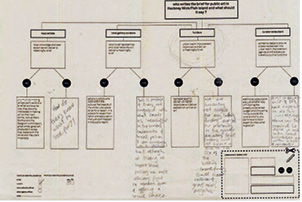
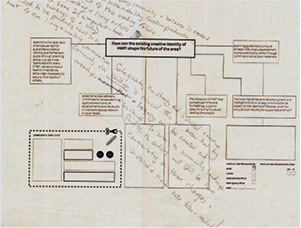
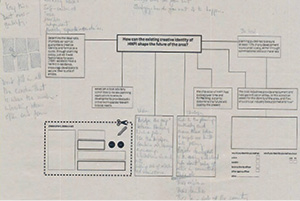
fig. 9 – Dinner mats as flow charts
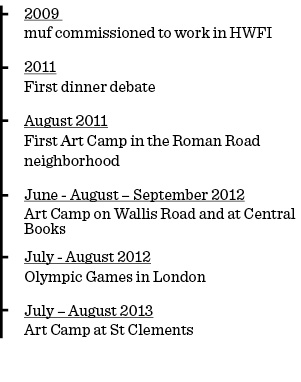
fig. 10 – Timeline
1 For more information on muf's interventions at HWFI click here.
2 To read the Creative Potential: Hackney Wick/Fish Island publication click here.
3 To read the Adding Value publication click here.
4 To read the Exception is the Norm publication click here.
5 For a full report on the design and planning guidance for HWFI, including the Made In research, click here.